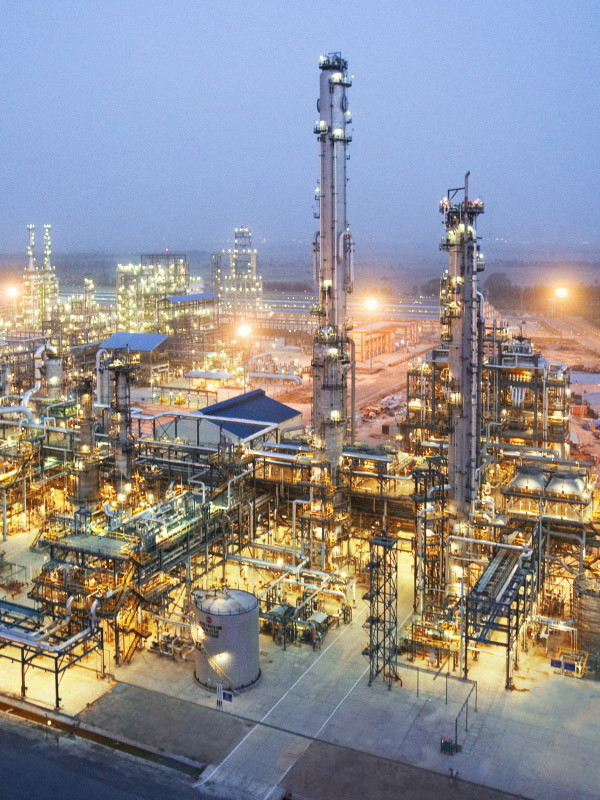
Large-scale calciners used in mineral processing can be analysed at the design stage to mitigate the technical risk associated with the process technology and materials used in the construction of these plants.
Advanced Analysis implemented at the start of a project provides a ‘virtual guarantee’ and takes much pressure off the EPCM (engineering, procurement, and construction management companies) which may be expected to hold liability for any failure of equipment or materials provided by technology and material suppliers.
The advanced analysis, according to SOTO Consulting Engineers, is a double barrelled assurance and safeguard for all parties. This genuine value proposition, using computational analysis in the digital environment to speed up the design process provides a virtual guarantee that validates what is designed will actually perform as intended when constructed.
“Calciners are just one of the process technologies for which SOTO has been able to provide a true value proposition using the high power of computational analysis in the digital simulation environment and enact it accordingly to save our client from wasting much of its capital,” said Managing Director, Mr Frank Soto.
“Calciners are challenging to the EPCM – in particular the issues or problems that arise with the thermal ceramics lining the inside walls of the calciner vessel.
“The thermal ceramic providers are expected to give a warranty on their product, but because the EPCM overseeing the project aren’t ceramics experts, there is an obvious call for a third party that is knowledgeable to study the design, all its tolerances and limitations, and prove that it can either work or where failures can be anticipated.
“So advanced analysis is valuable for calciner design in that it doesn’t only just provide a level of assurance that it will achieve its projected duty cycles etc, it also significantly speeds up the design, planning and construction process.”
In recent years, six calciners have been built in Australia of which three had the actual performance parameters verified by SOTO. The three verified by SOTO worked to specification requirements from the start while the others experienced significant delays and ongoing operational issues and didn’t achieve nameplate capacity of the plant in the time required.
Further adding value is SOTO, being a highly specialised analysis specialist, conducts a verification on calciner engineering in several weeks whereas government funded organisations and academia are not recognised for operating to very tight project schedules.
Calciners are used for processing materials in a high-temperature furnace and a series of cyclones to achieve finer particle sizes and uniform quality. It is a thermal treatment method applied to ores and other solid materials to bring about thermal decomposition, phase transition, or the elimination of a volatile fraction.
“SOTO is reactive, responsive and attentive to project and client needs, and everything is completed in-house – this is key to our value proposition,” said Mr Soto.
“Nothing is outsourced, so there is no risk of any sort of compromise where the analysis may be exposed to different standards of engineering, or where lesser levels of compliance checking may come into play.”
SOTO Consulting is a centre of excellence based in the Illawarra region of NSW; an industrial heartland of Australia where the company has forged close working relationships in the resource and manufacturing supply chain, partnering with many Australian blue-chip companies and the like, to solve difficult challenges and develop solutions for a range processing technology.
To date SOTO has successfully been able to simulate and analyse process technology associated with Calciners, Blast Furnaces, Retorts, Roasters and Fluidised Bed Reactors. The work has included Computational Fluid Dynamics (CFD), Finite Element Analysis (FEA) and Discrete Element Modelling (DEM) and coupling of all three using innovative techniques and methods that have been developed by the SOTO team.
For example the blast furnace process can be modelled in a virtual simulation that would include; A DEM of the Raw Material Feed and Particle distribution of that feed onto the burden in the furnace. CFD of the gasses and liquids can also be simulated. FEA of the furnace shell internal lining can determine the stress and wear on the cooling plates or carbon blocks in the hearth of the furnace.


